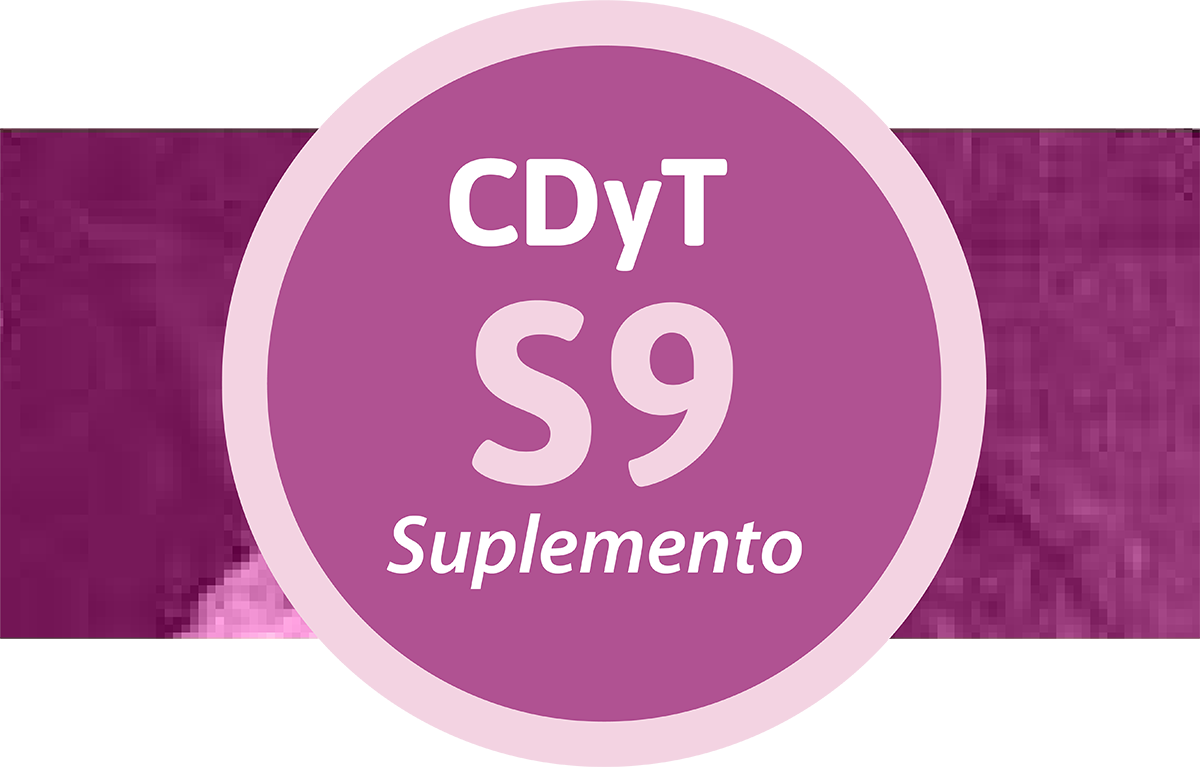Disinfection with sodium hypochlorite to contaminated lettuce by Escherichia coli O157:H7
Abstract
Aims: to check the effectiveness of recommended hypochlorite concentrations to disinfection of raw vegetables.
Materials and methods: lettuce leaves contaminated with Shiga toxin-producing Escherichia coli O157: H7 were exposed to treatments based on NaClO concentration, pH and time. The measured response was the logarithm of N / N0.
Results: it was observed that chlorine concentration and time have a significant effect (p <0.05). The time was the most important linear variable, it has the highest regression coefficient. The largest reductions were obtained with 200 ppm at pH 7 and 8 in 30 minutes. No reduction reaches the five logarithms suggested for a good sanitizer.
Conclusions: it is not safe to wash with NaClO in the proportions that would be used by a housewife or food establishment. Pathogens as the studied, with low infective dose and adherence, could remain in the contaminated vegetables.
Downloads
Downloads
Published
How to Cite
Issue
Section
License
Las reseñas firmadas son exclusiva responsabilidad de sus autores y no necesariamente expresan la opinión de la Dirección de la Revista.






